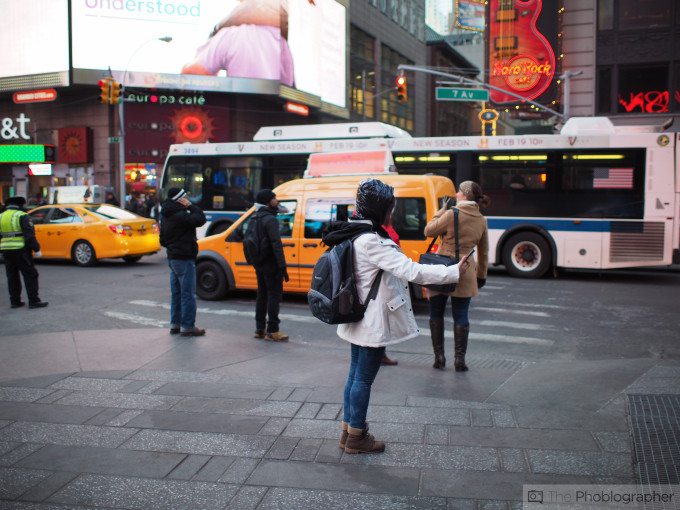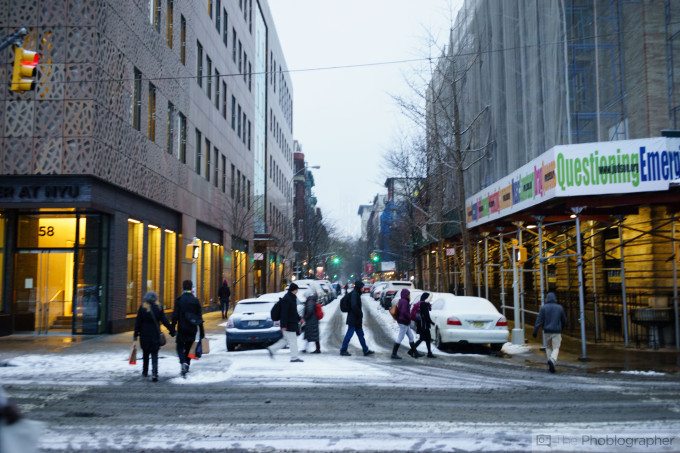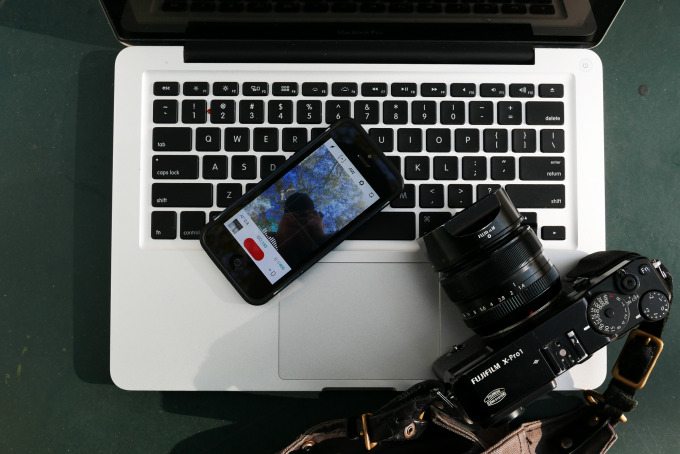In no time in history so far has it been easier for you, yes you, to make it as a street photographer. The format started with the inception of the 35mm format and became more well known with the fathers of photojournalism. And back then, you had to shoot, write letters, mail negatives or prints, and develop relationships. Some of that has changed, but some of it is still core. Today, you not only have the internet, but you’ve got more ways to actually become noticed and to differentiate yourself from all the other photographers out there in every photo community out there.
Want to make money from your passion? It’s possible.
Want fame and to be in galleries? Yes, you too can be one of those photographers.
The Use of Communities
There are loads of photography communities out there but some stand out more than others. Amongst the biggest with the deepest conversations are 500px and Flickr. These communities foster conversations much more than many of the others–and it works in many ways. Yes, you get some back and forth banter and constructive critique, but these are also where the trolls dwell–waiting patiently to take your self-esteem.
But while these communities are popular, they’re not the only places that you can check out. Sure, EyeEm and Instagram both don’t have groups or foster conversations like the others do, but the chances of you being discovered on these platforms is much easier. Why? Because of the mobile interface and ease of search. It’s much easier for someone to find you and more about your work on Instagram or EyeEm than it is on Flickr or 500px when it comes to filtering through groups and members.
Even cooler though is Photoshelter’s new community: Lattice. The most serious of photographers we feel are there. But if you really, really like mobile photography then give Oggl a look.
Most importantly, you need to use these communities. Not just one, or two, but all of them. And you need to find a way to tailor your work specifically for each one. What works in Flickr won’t work on Instagram or EyeEm and what works on 500px for you won’t necessarily be the best thing for Lattice.
Essentially, what we’re saying here is that you can’t be lazy.
Immediate Sharing
Yes, we named Instagram and EyeEm as communities that every street photographer should be on. While many photographers may gawk at these platforms, we have a question for you: why?
Further, why do you choose to hate some of the biggest platforms out there for sharing images when so many cameras are connected these days?
Do you hate mobile photography? That’s cool–so don’t use your phone. Hook up an EyeFi card to your camera or use the Wifi transfer feature and edit the JPEG. It’s more than simple enough and when your viewers are looking at your images on a little screen, no one cares if your images are 100% sharp. Indeed, no one cared about any of that when photography was first started.
There is no need for you to hate the work of someone because they shot a photo with a phone; especially when thousands of others may love the image. Can you shoot an image that looks just like theirs? Maybe. But did you? No.
By immediately sharing images, you can also get them out there sooner than later and get them noticed by more people.
Networking
Lastly, we need to hit home on the biggest aspect of not only street photography, but photography overall.
No one is going to know that you exist unless you get out there and try to make a name for yourself by working with other people. Not a single photographer became famous by becoming a hermit. So you need to apply the real life networking skills that you have in real life to the online world. With that, you need to find a way to give value to people’s feeds. Think about this: why should someone follow you?
Back up, let’s make this a bit more concrete. Why do you come to this site? For information, our reviews, news, etc. Now why would someone want to view your street photos? Are you adept at capturing beauty in the mundane? If not, can you edit the images to look incredible? What about you makes you a great street photographer? Why would Nike want to use you to shoot their Instagram campaign of runners? Why would a bike company or a fashion company want to see the work that you can do on the streets?
Always remember that everyone is trying to find out what you can do for them rather than what they can do for you. When you’ve got that in mind, then you’ll figure out how to make yourself a better sell.





